- The Afterburn Podcast
- Posts
- F-16s Depart Japan | B-21 Flights | More KC-46s? | Threat: SA-21
F-16s Depart Japan | B-21 Flights | More KC-46s? | Threat: SA-21
Aviation and Defense Insight
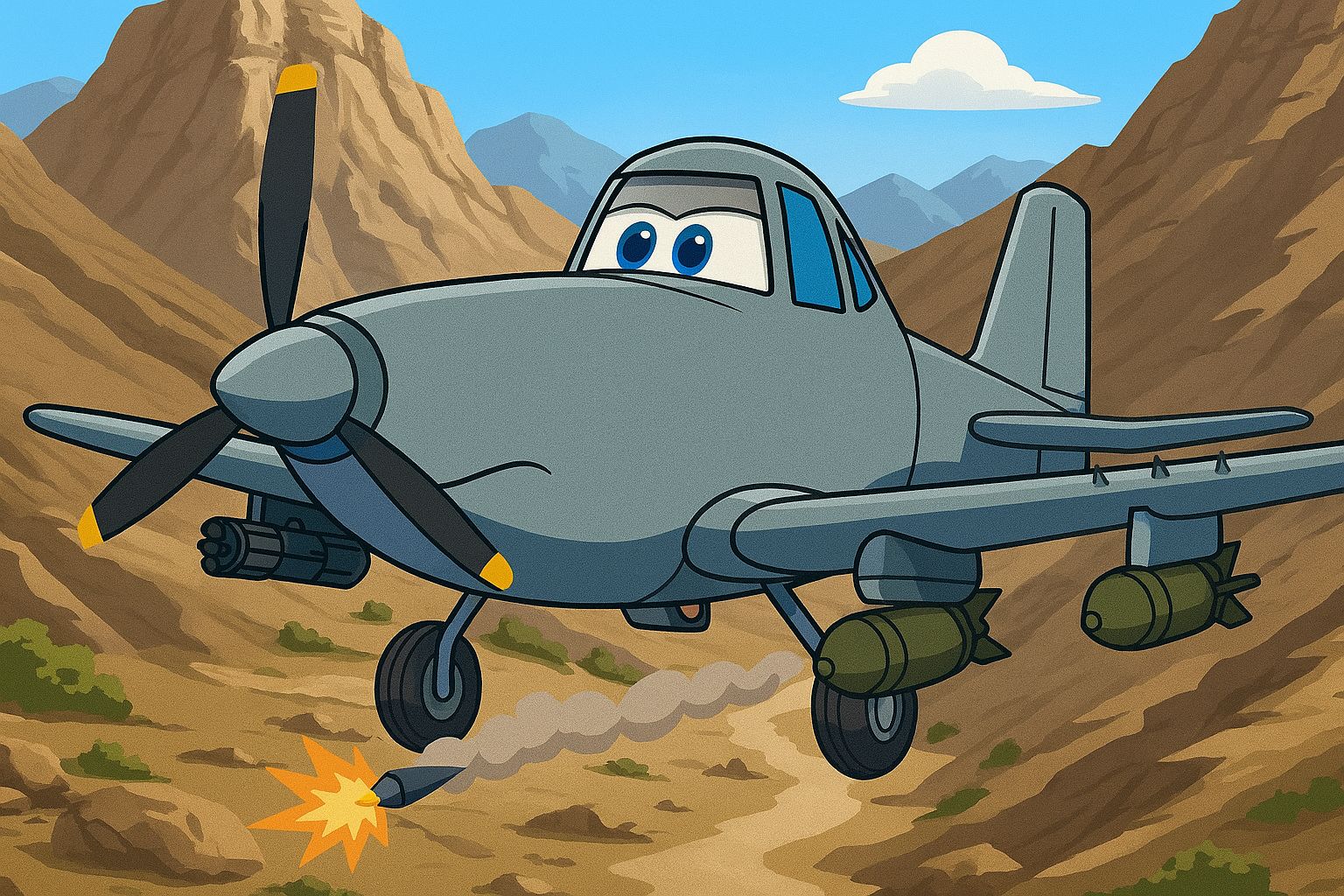
🎯 Flight Leads Rejoice: A.I. Wingmen Takeoffs Are Here
The U.S. Air Force is upping the ante in the realm of human-machine teaming with the integration of autonomous collaborative platforms (ACPs) in air combat training. During a recent demonstration at Eglin Air Force Base in Florida, pilots flew an F-16C and an F-15E, each controlling two XQ-58A Valkyrie semi-autonomous aircraft. ACPs are being hailed as future force multipliers capable of operating in high-risk environments while retaining ethical oversight. The data collected from the test flight will guide further ACP development and deployment across the Department of Defense. (more)
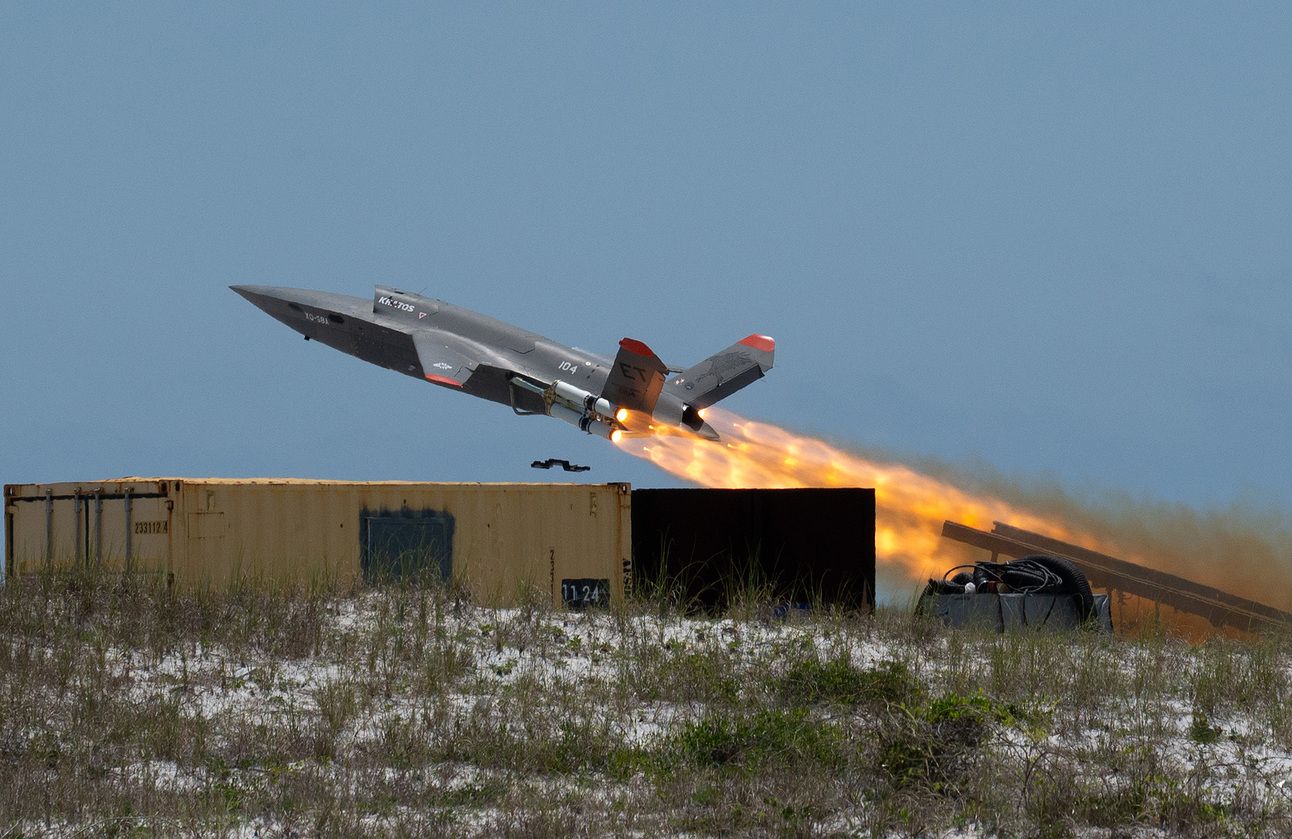
XQ-58A Valkyrie
Which country was removed from the F-35 Joint Strike Fighter program due to its purchase of the Russian S-400 missile system? |
🎯 Ready or Not, Here They Fly: US Air Force Preps for B-21 Raider Debut in 2026
The U.S. Air Force is preparing to test its first two B-21 Raider strategic bombers, produced by Northrop Grumman, in 2026. These bombers, designed for combat capabilities, align with production standards and could be converted for combat use by removing some non-operational instrumentation. Despite complications relating to the program's fixed-price structure and budget inaccuracies, the Air Force is committed to acquiring at least 100 of these aircraft to replace the B-1 and B-2 fleets by the early 2030s. The B-21 Raider program features a budget allocation of $10.3 billion across procurement, research and development, and more for FY 2026. (more)
🎯 SOCOM Scales Back on “Dusty Prop Hopper”…Skyraider Purchases Facing Cuts
The U.S. Special Operations Command (SOCOM) is significantly reducing its planned purchases of the new OA-1K Skyraider II aircraft. The command plans to cut its fiscal 2026 buy in half from 12 to just six aircraft, following a similar reduction in the previous fiscal year. The Skyraider II, a multipurpose counterinsurgency plane, has been impacted by budget constraints and a shift in Pentagon strategy away from Middle Eastern conflicts. Despite these cuts, SOCOM maintains that its official fleet size requirement remains at 75 aircraft. (more)
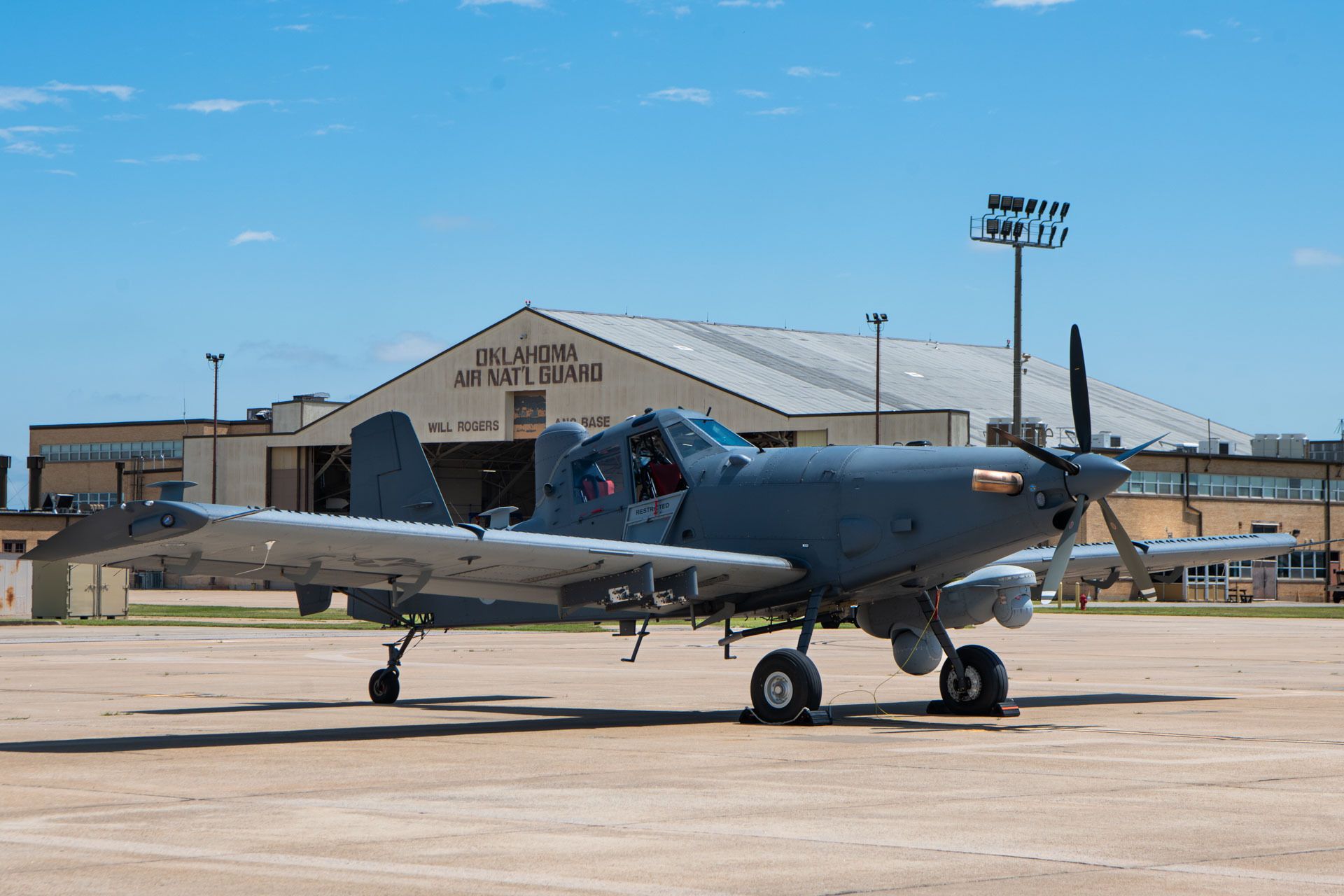
OA-1K Skyraider II
🎯 F-16s on the Move: USAF Preps for F-35 Arrival in Japan
The U.S. Air Force (USAF) has transferred F-16 fighter jets from Japan's Misawa Air Base to South Korea's Osan Air Base, paving the way for F-35s to be based in Japan. This is part of a broader modernization drive to phase out aging F-15C/Ds and A-10s. The newly transferred F-16s come equipped with advanced capabilities from the USAF’s Post-Block Integration Team modernization program, providing pilots with increased spatial awareness. This strategic move bolsters the 51st Wing’s capacity to ensure peace and stability on the Korean Peninsula, while Misawa prepares to transition into a dedicated F-35 base, further strengthening U.S. air superiority in the Indo-Pacific region. (more)
🎯 Stealth Tanker Plans on Ice, Wants More KC-46s Instead 🧐
Under the $32.6 billion modernization fund, the USAF is planning to acquire additional Boeing KC-46 tankers and upgrade existing ones, according to its 2026 budgetary request. The USAF had previously expressed interest in developing a stealth tanker, known as the Next-Generation Aerial Refueling System (NGAS), but these plans are now on hold due to potentially high program costs. Meanwhile, the KC-46 aircraft, with its capability for refueling, cargo, and aeromedical evacuation, is set to bolster the USAF's aerial fleet. Its low operating cost and multi-mission capability make it a strategic asset for future missions. (more)
🎯 B-1B Bomber Gets a Boost: More Missiles, More Firepower
The USAF has plans to bolster the weapon-carrying capacity of the B-1B bomber, as it readies the transition to the B-21 bomber. The fiscal 2026 budget includes a $50.26 million request for the "External Heavy-Stores Pylon program," aimed at increasing the B-1B's loadout of standoff munitions, like the AGM-158 Joint Air-to-Surface Standoff Missile and the Long-Range Anti-Ship Missile (LRASM). The Air Force aims to mitigate transition risks and account for possible B-21 delivery delays. The service also eyes using the B-1 for hypersonic missile testing, potentially offloading some B-52 testing responsibilities. The move could increase the B-1's payload capacity by 50%, according to Boeing. (more)
🎯 House Plays Defense: Blocks Pentagon's E-7 Wedgetail Shutdown Plan
The House Armed Services Committee moved to block the Pentagon's plans to wind down the Air Force's E-7 Wedgetail development program. This comes in response to the Trump administration's decision to abandon one of the Air Force's top-priority acquisitions. If passed, the provisions will prevent the use of 2026 funding to end the E-7 prototyping contract with Boeing or shut down production of the airborne target-tracking jet. Despite this, an amendment to bolster the E-7 program with additional funding was rejected. The future of the E-7 program now hinges on the full House vote and the Senate's stance on the issue remains unclear. (more)
🎯 ‘Strikin’ Snakes’ Are Out: 50th FTS Merges into 'Super-Squadron' in Air Force Streamlining Move
After over five decades of advanced jet training, the 50th Flying Training Squadron (FTS) – known as the 'Strikin’ Snakes' – has been inactivated in a formal ceremony at Columbus Air Force Base, Mississippi. Instead of shutting down the fighter/bomber pilot training mission, the squadron's assets are being merged with the 49th FTS to form the first 'super-squadron' of T-38s. This move is part of a series of changes in the U.S. Air Force's approach to formal flight training, aimed at streamlining training and administration, while also generating cost savings. The legacy of the 'Strikin’ Snakes,' which was originally formed in 1940, will have to take a knee. (more)
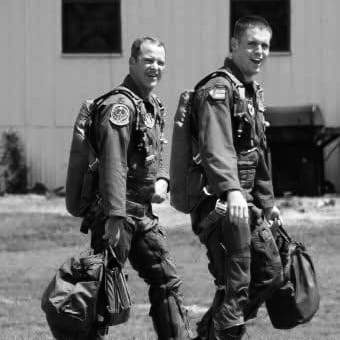 My hair was less gray during my time in the 50th…circa a time long ago | 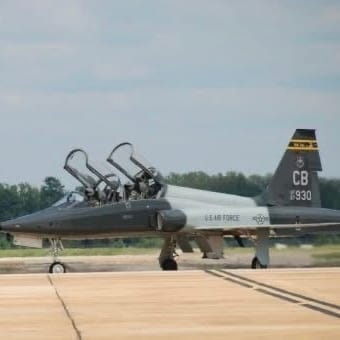 Taxiing in from one of my last flights in the 50th |
SNAPSHOT
➤ NORAD dispatched an F-16 to intercept a civilian aircraft that violated the 'temporary flight restriction' (TFR) over flood-stricken parts of Texas.
➤ The U.S. Air Force is set to modify some of its HH-60W helicopters, specifically for VIP transport duties around Washington, D.C. This development is part of the major reorganization in the 2026 budget.
➤ David Franklin Slater, a 63-year-old retired Army Lieutenant Colonel and current civilian employee at the Offutt Air Force Base in Nebraska, has pleaded guilty to transmitting classified national defense information to a person on an online dating platform, who he believed to be in Ukraine.
➤ The U.S. State Department has greenlit a potential $2.6 billion deal for Norway to acquire up to nine HH-60W helicopters from Connecticut-based manufacturer Sikorsky, a Lockheed Martin subsidiary.
➤ Lockheed Martin is notching up its Javelin missile production, with the goal to raise output from 2,400 to 3,960 units annually by 2026.
➤ Lockheed Martin has revealed and successfully tested two low-cost cruise missile systems - the larger CMMT-D and the smaller, motor-powered CMMT-X. The company envisions these Common Multi-Mission Trucks (CMMTs) as complementing their stealthy, high-end AGM-158 Joint Air-to-Surface Missile. Each cost about $150,000.
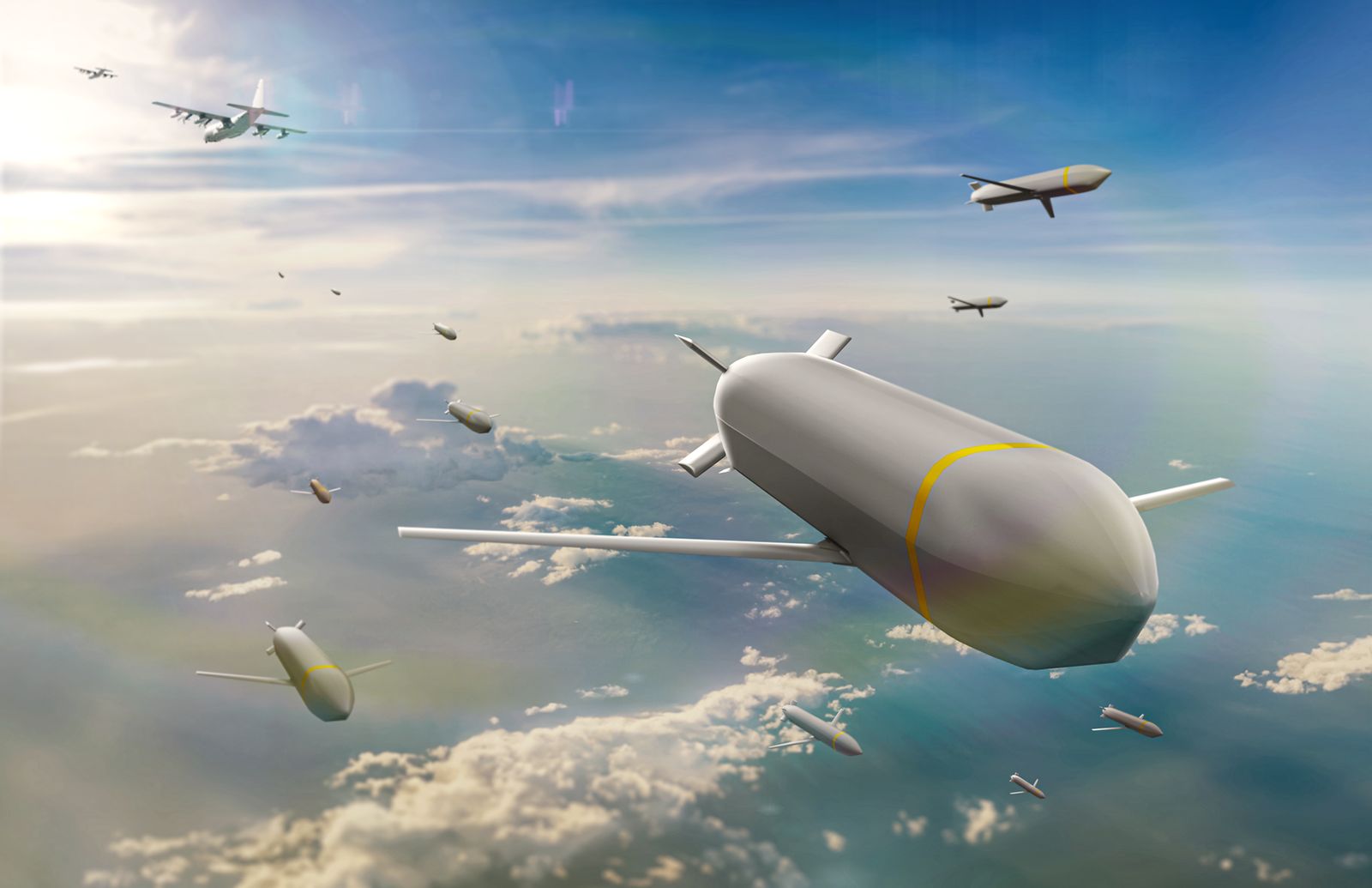
Lockheed Common Multi-Mission Trucks
THREAT OF THE DAY (TOD)
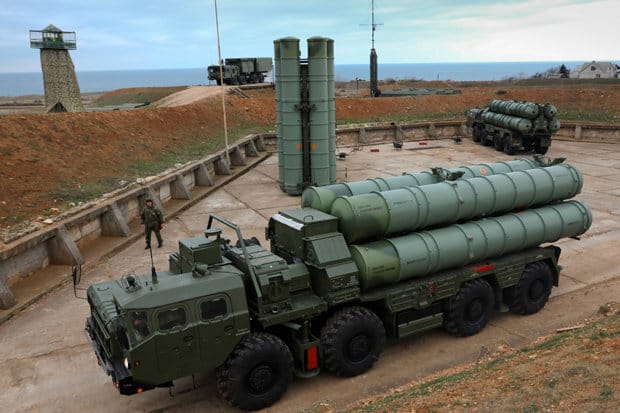
S-400 a.k.a SA-21
Threat: SA-21 “Growler” (S-400 Triumf)
Country of Origin: Russia
Initial Operational Capability: 2007
Primary Role: Long-range integrated air and missile defense system
Variants
🔺 S-400 (Baseline): Engages aircraft, cruise missiles, and select ballistic targets
🔺 S-400 with 40N6 missile: Extended range (400 km) against AWACS, tankers, and standoff assets
🔺 Export versions: Delivered to China, Turkey, and India with downgraded capabilities
Engagement Range:
40N6: up to 400 km (high-value targets)
48N6: up to 250 km (fighters, bombers)
9M96: 40–120 km (tactical munitions, UAVs)
Targets:
5th-gen aircraft (claimed), bombers, cruise missiles, UAVs, short- and medium-range ballistic missiles
Integrates with Nebo-M, 91N6E, and Gamma-DE radars for tracking and fire control
“Fun” Facts
🔸 The SA-21 is often cited as the core of Russia’s anti-access/area denial (A2/AD) strategy, deployed in Kaliningrad, Syria, and Crimea
🔸 Despite its long-range envelope, actual performance against stealth aircraft remains unproven in combat
🔸 The system’s export to Turkey caused Ankara’s removal from the F-35 program
🔸 In Ukraine, S-400 batteries have been targeted with long-range Western systems like Storm Shadow and ATACMS
C) Turkey. In 2019, the U.S. removed Turkey from the F-35 program after it acquired the Russian S-400 air defense system, citing concerns about compromising sensitive stealth and radar data…and a few other reasons.

Reply